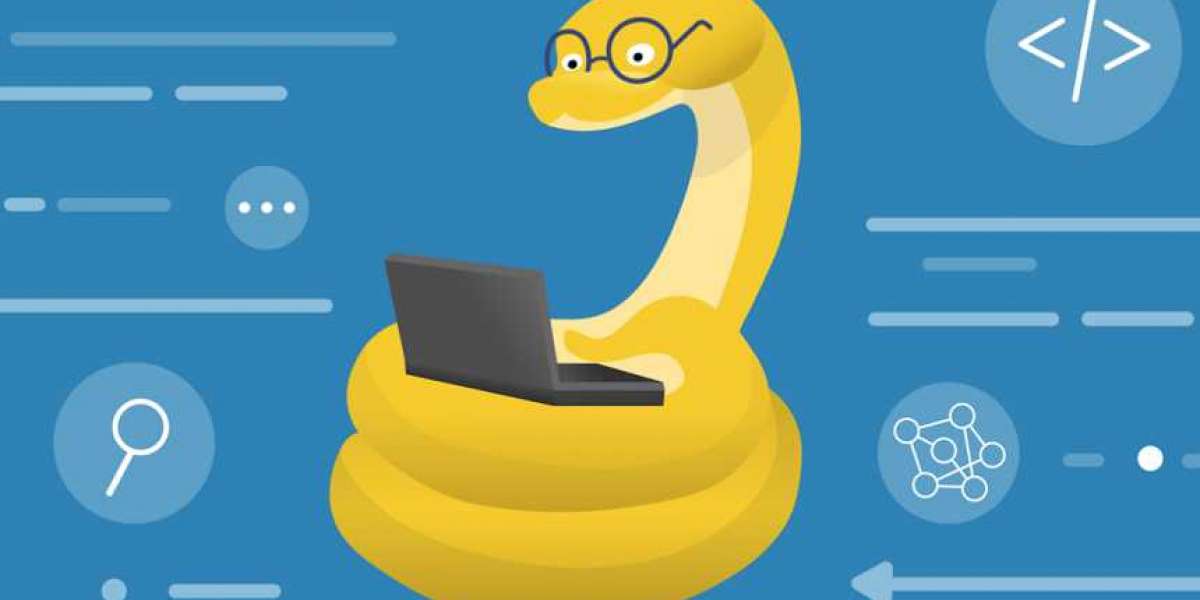When you learn Python, you are gradually getting familiar with data structures, control flows, classes, functions, and other basic stuff that takes time. When you start learning any new programming language, you need to understand various acronyms that are commonly used in that particular programming language. Here are the 5 most common Python acronyms you need to get familiar with.
1. PIP (Package Installer for Python)
Python is an open-source programming language that has helped it generate a huge collection of free packages. There are over 235,000 packages indexed in the Python Package Index (PyPI). You can use any pip tool to install the packages from PyPI. You can easily install using a simple one-liner command run in your command line or terminal.
2. (Local, Enclosing, Global, and Built-in)
The LEGB rule refers to the variable look-up order. The new learners need to understand that Python has four layers of scopes when the interpreter tries to resolve the variable. The values are bound to the variables. It first starts with the local scope, which can be a function or a class. If the interpreter finds value for the variable, it will stop the lookup. Else, it will look up at a higher level, which is the enclosing scope.
3. PEP (Python Enhancement Proposals)
The coding style guideline in Python is known as PEP. The Python Enhancement Proposal is authored by the BDFL. PEP covers all the things related to Python. You can find the whole list of PEP styles on the official Python guide.
4. (Benevolent Dictator For Life)
BDFL is a title awarded to software development leaders in open source. It is typically a project founder who retains the final stay in any dispute or argument. The definition applies to all the open-source projects in general. Python creator Guido van Rossum (GvR) held the BDFL role for over 20 years before stepping down in 2018.
5. REPL (Read-Eval-Print Loop)
REPL is a convenient way to make learning Python painless. You can start learning Python coding with just a command or terminal window. You can install packages as shown previously using the PIP tool. It is also possible to write the first line of code without any configuration of IDE tools.
Search
Popular Posts
Categories
- Cars and Vehicles
- Comedy
- Economics and Trade
- Education
- Entertainment
- Movies & Animation
- Gaming
- History and Facts
- LiveStyle
- Natural
- News and Politics
- People and Nations
- Pets and Animals
- Places and Regions
- Science and Technology
- Sport
- Travel and Events
- Innovations & Strategies
- Employment
- Covid 19
- Controversial News
- Television
- LifeStyle
- Startup
- Technology
- Insurance
- Banking
- Economy
- Fitness
- Parenting
- Business
- Career
- Pet
- Nature
- Celebrity Gossip
- Money
- University
- Medical
- Social media
- Health
- Other







